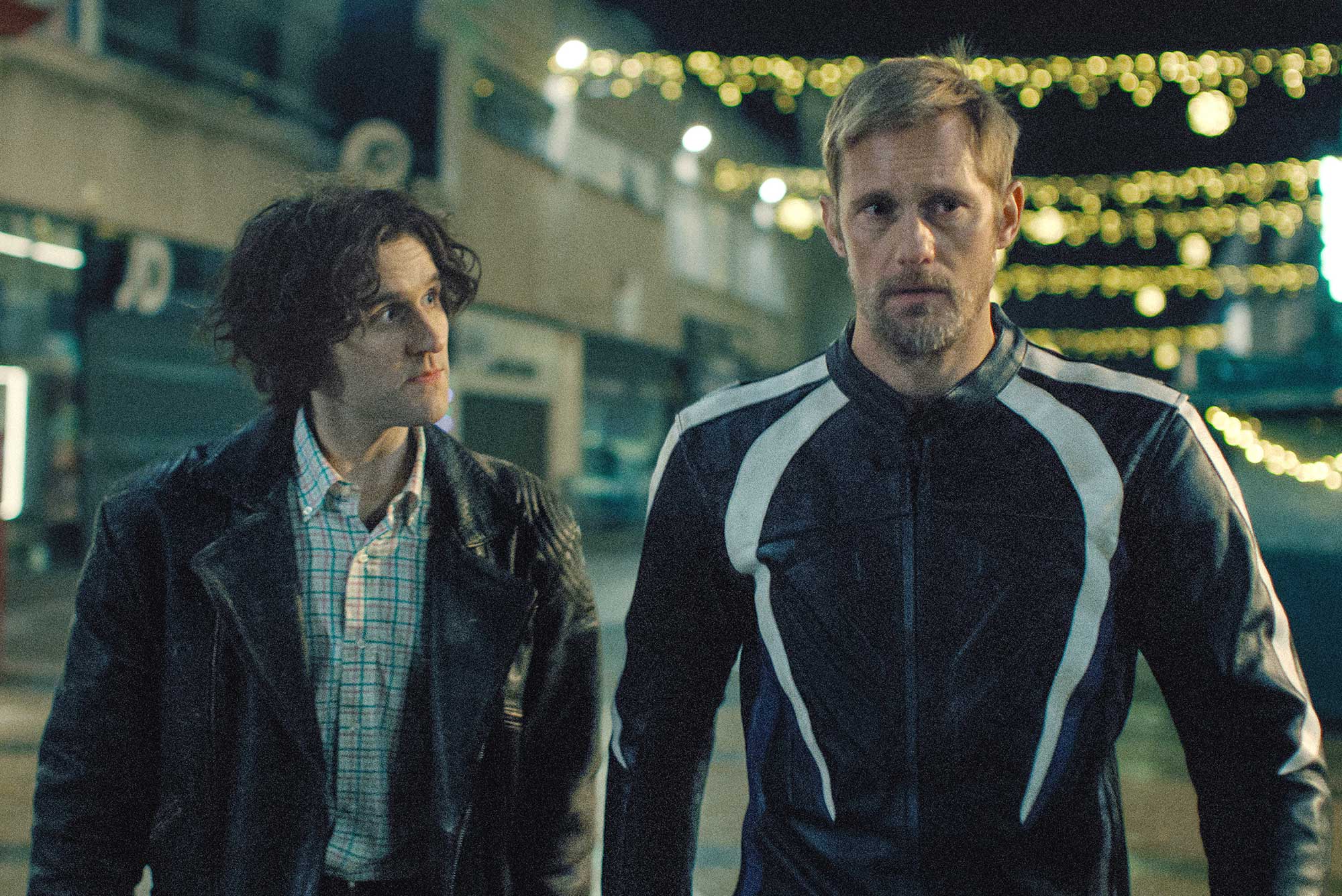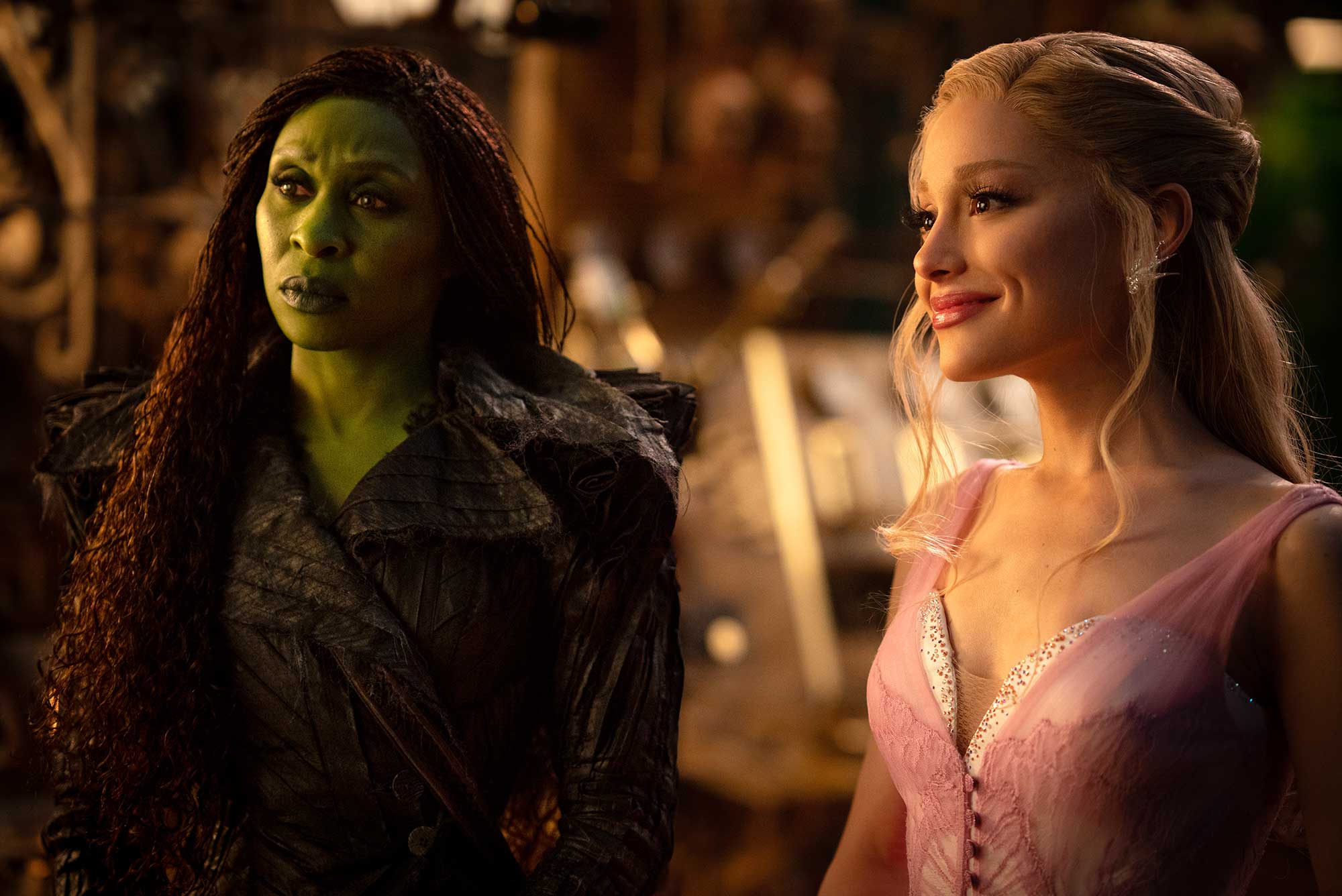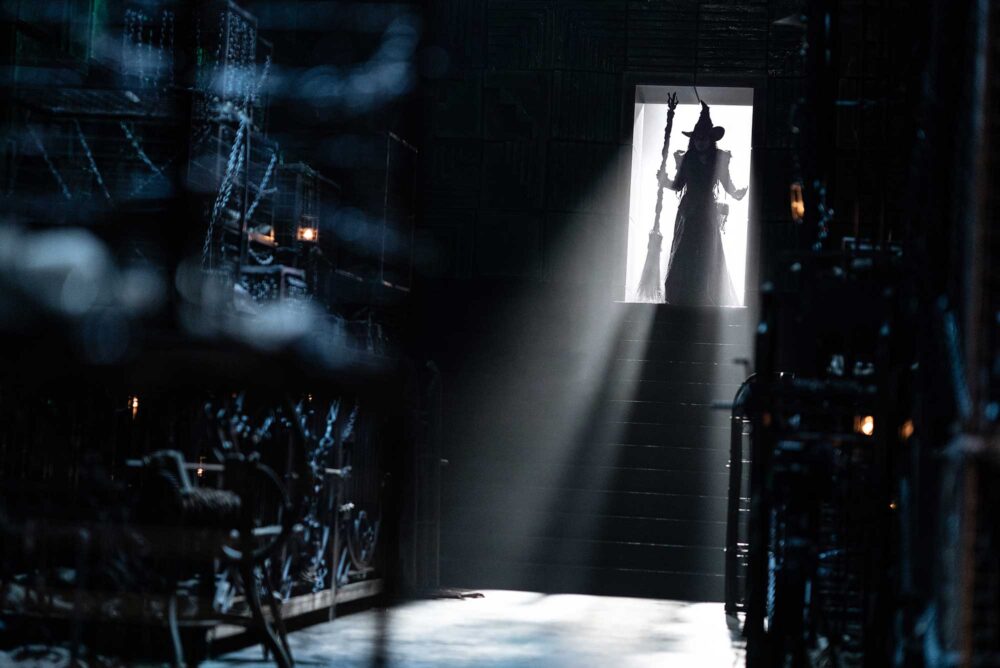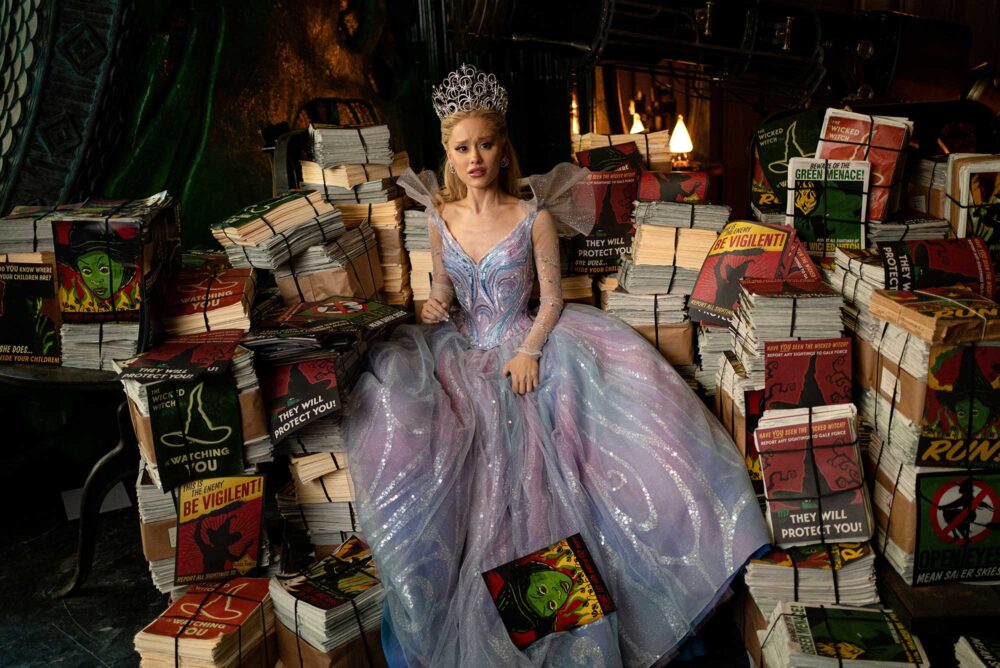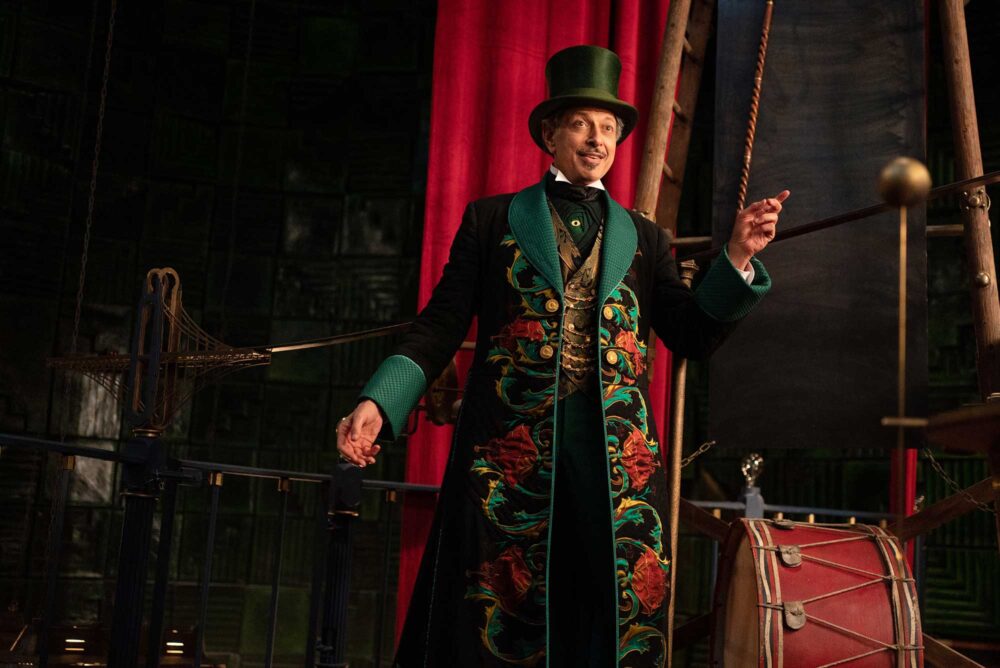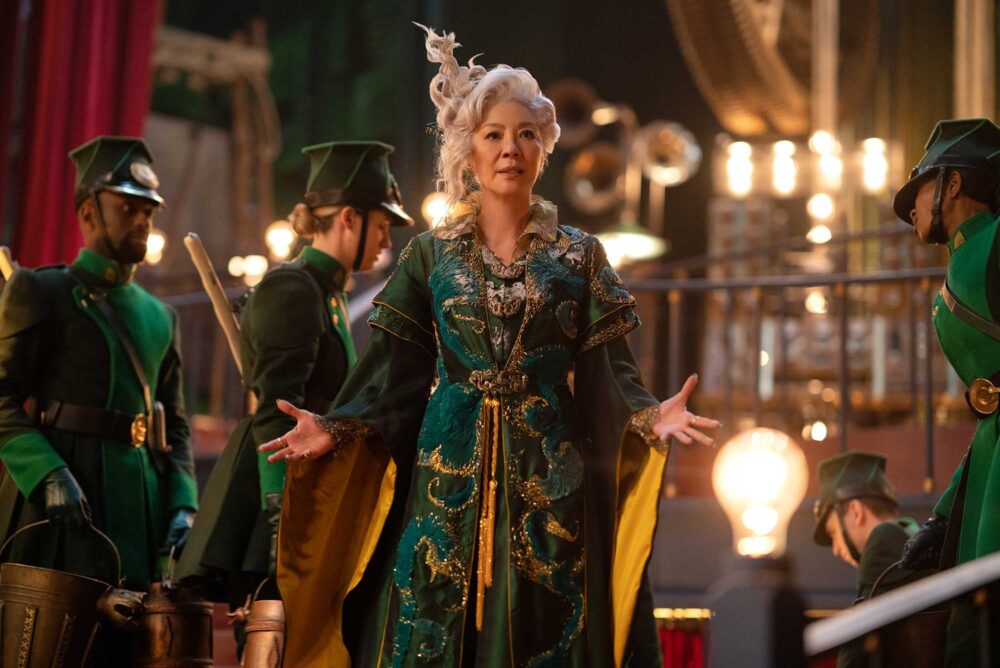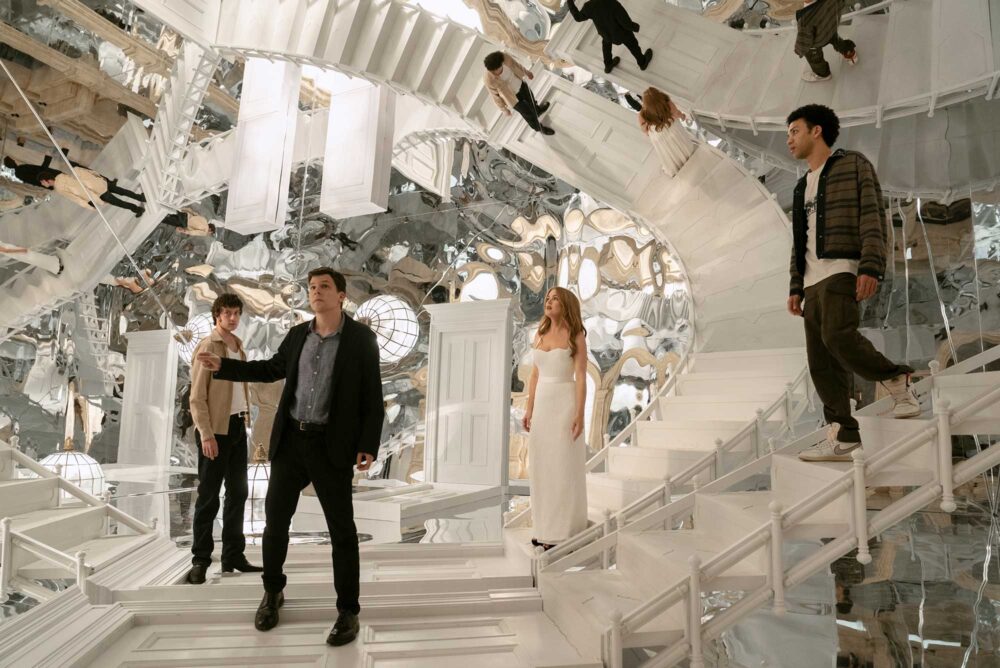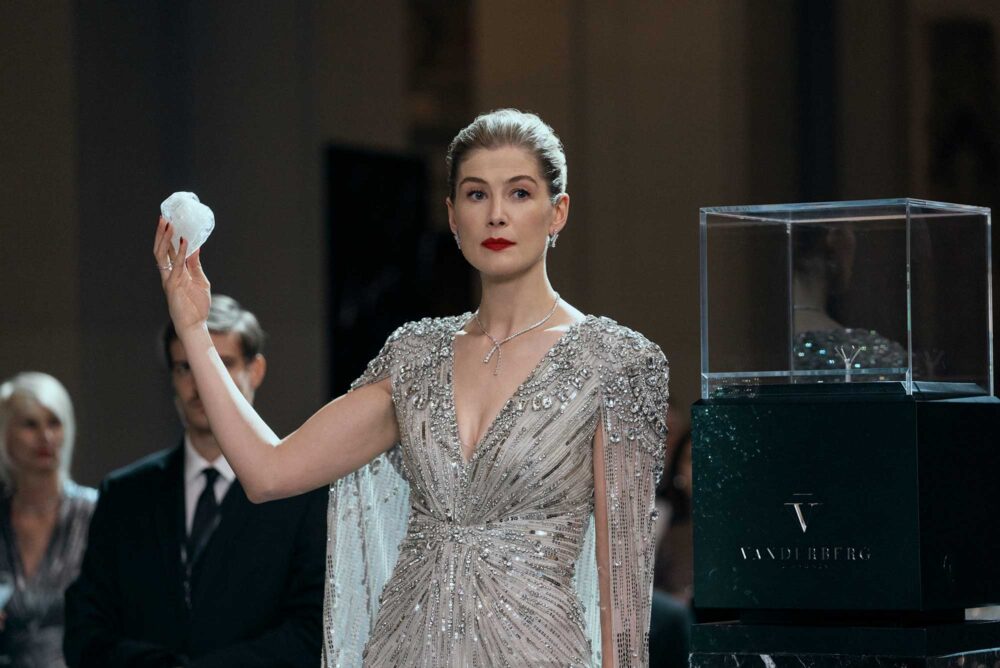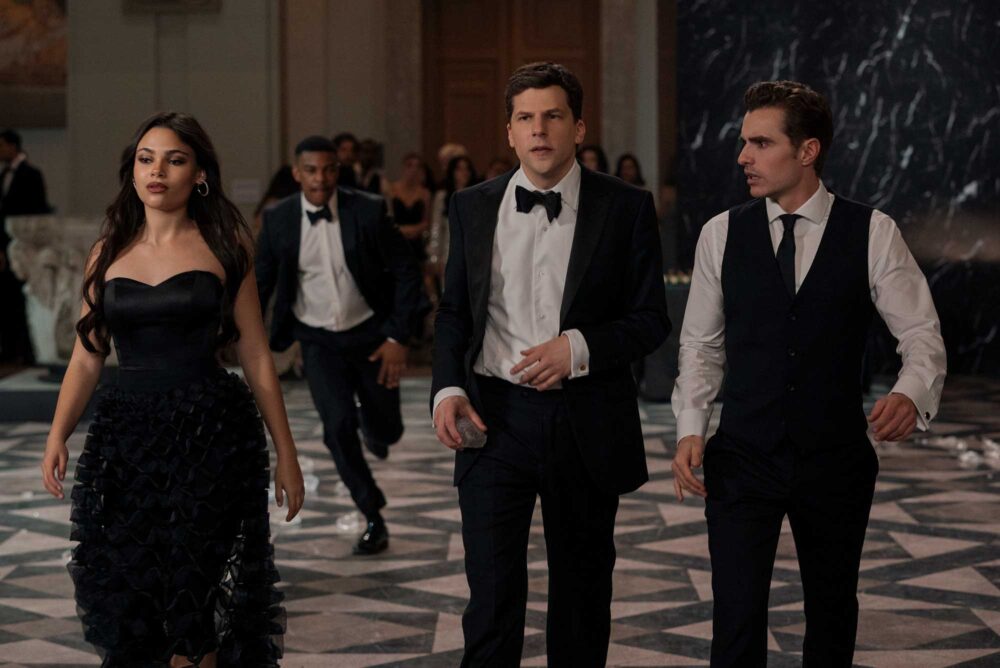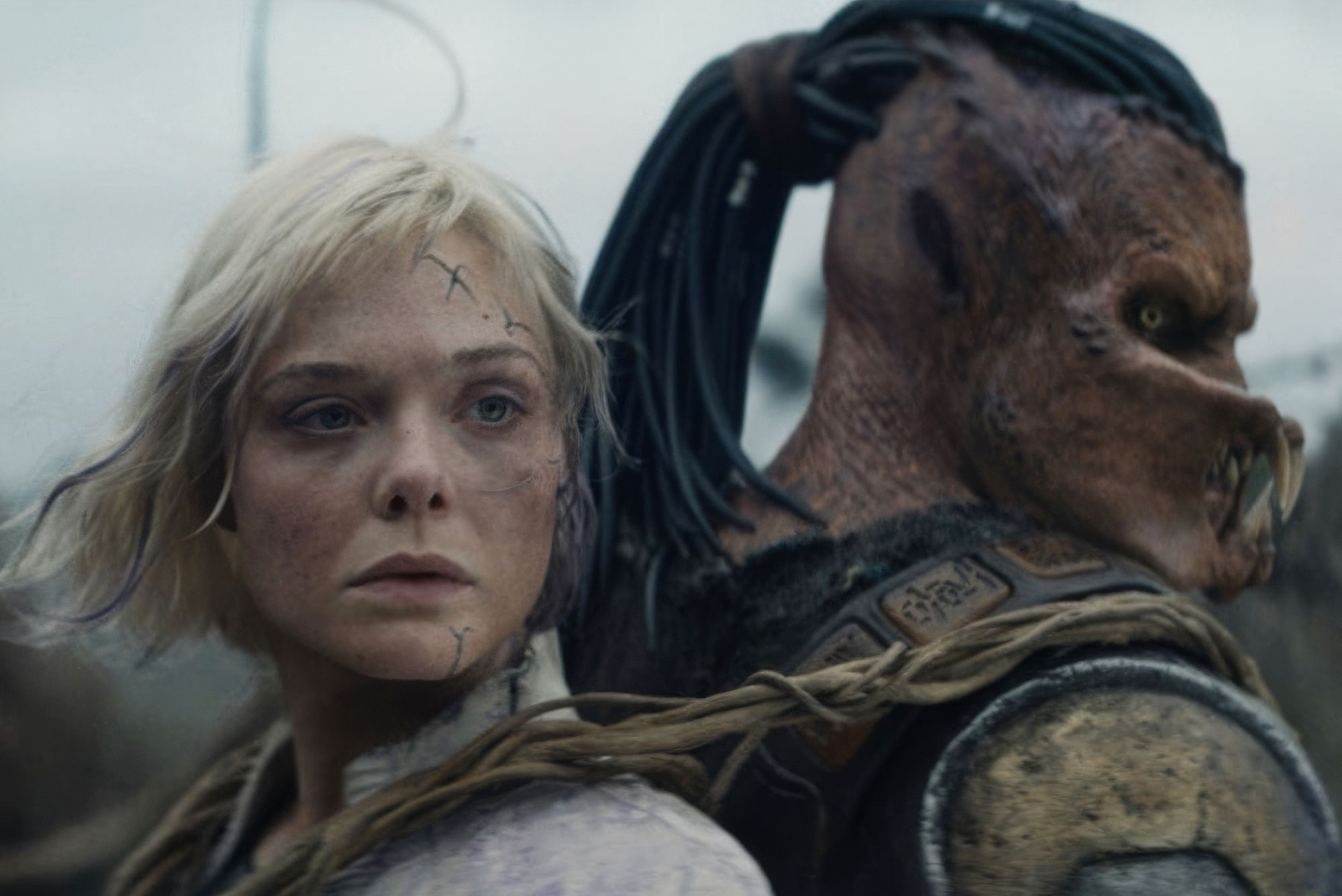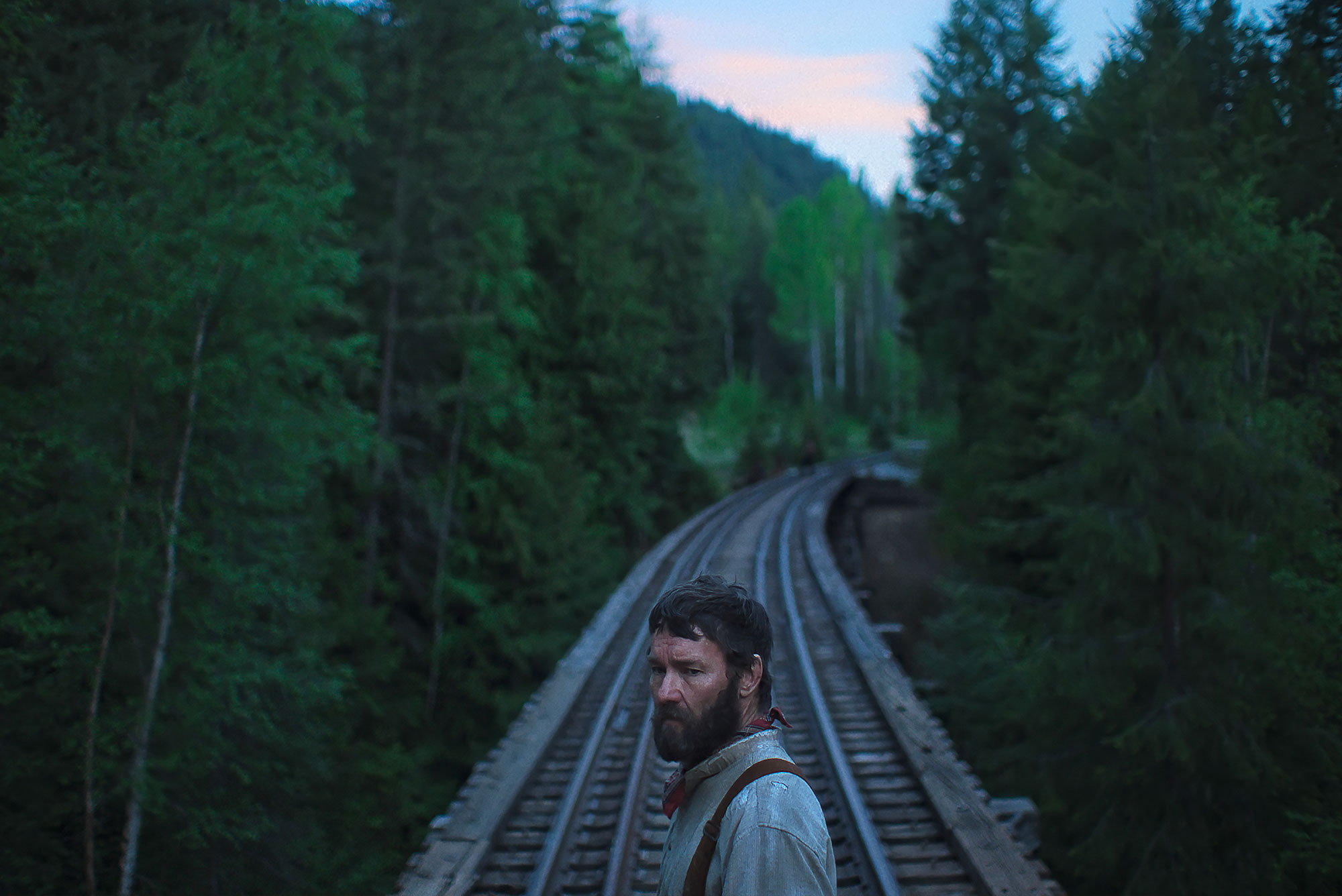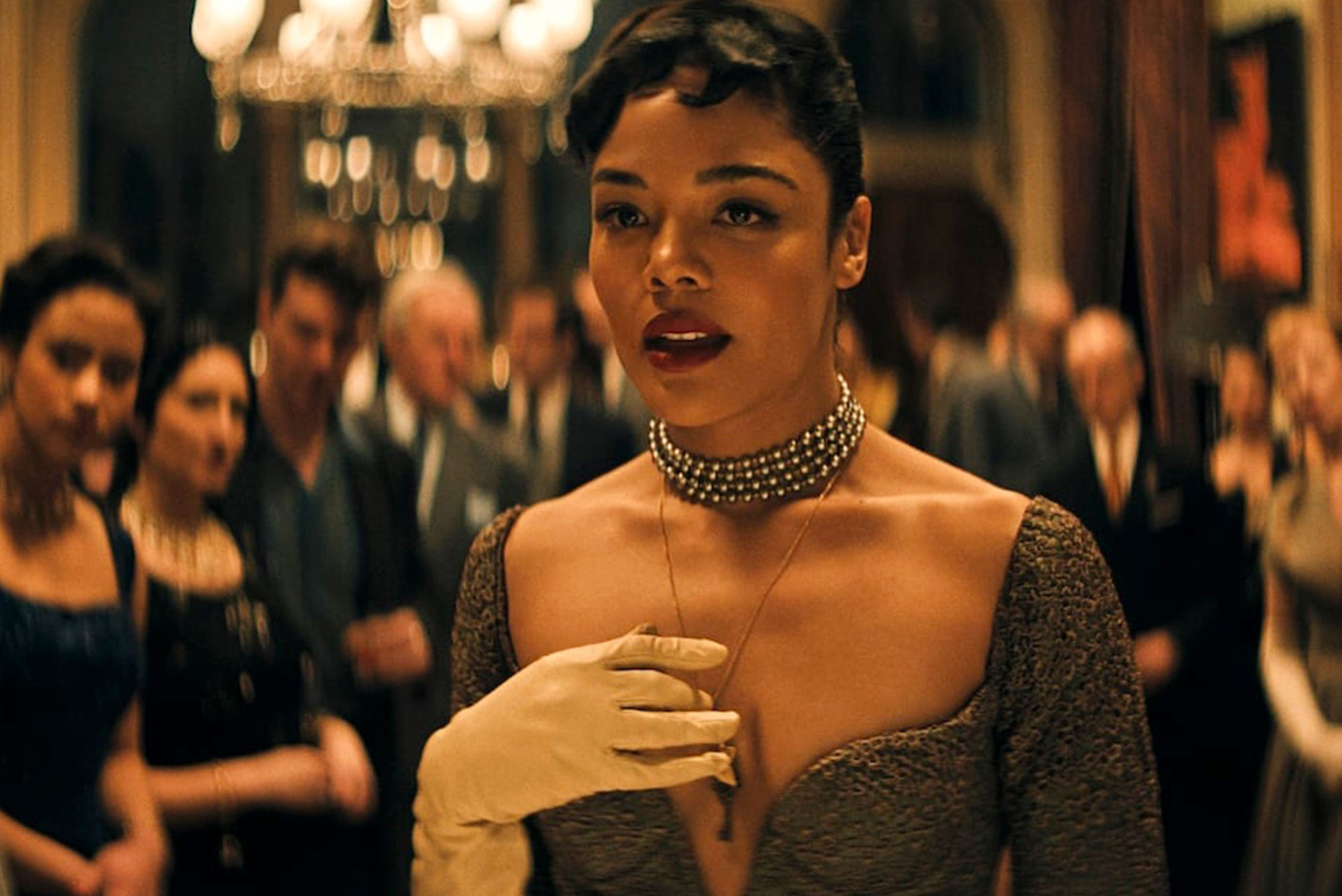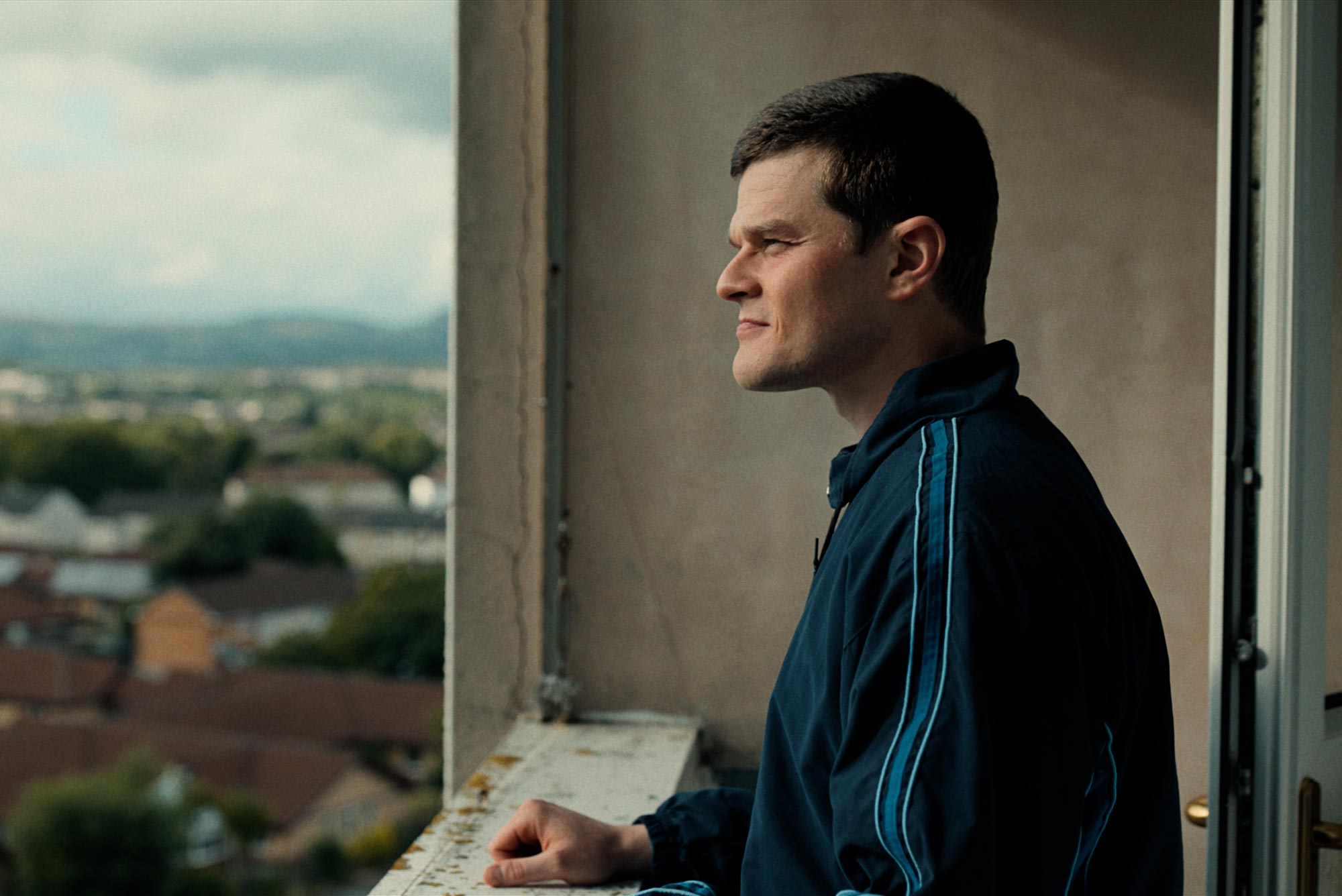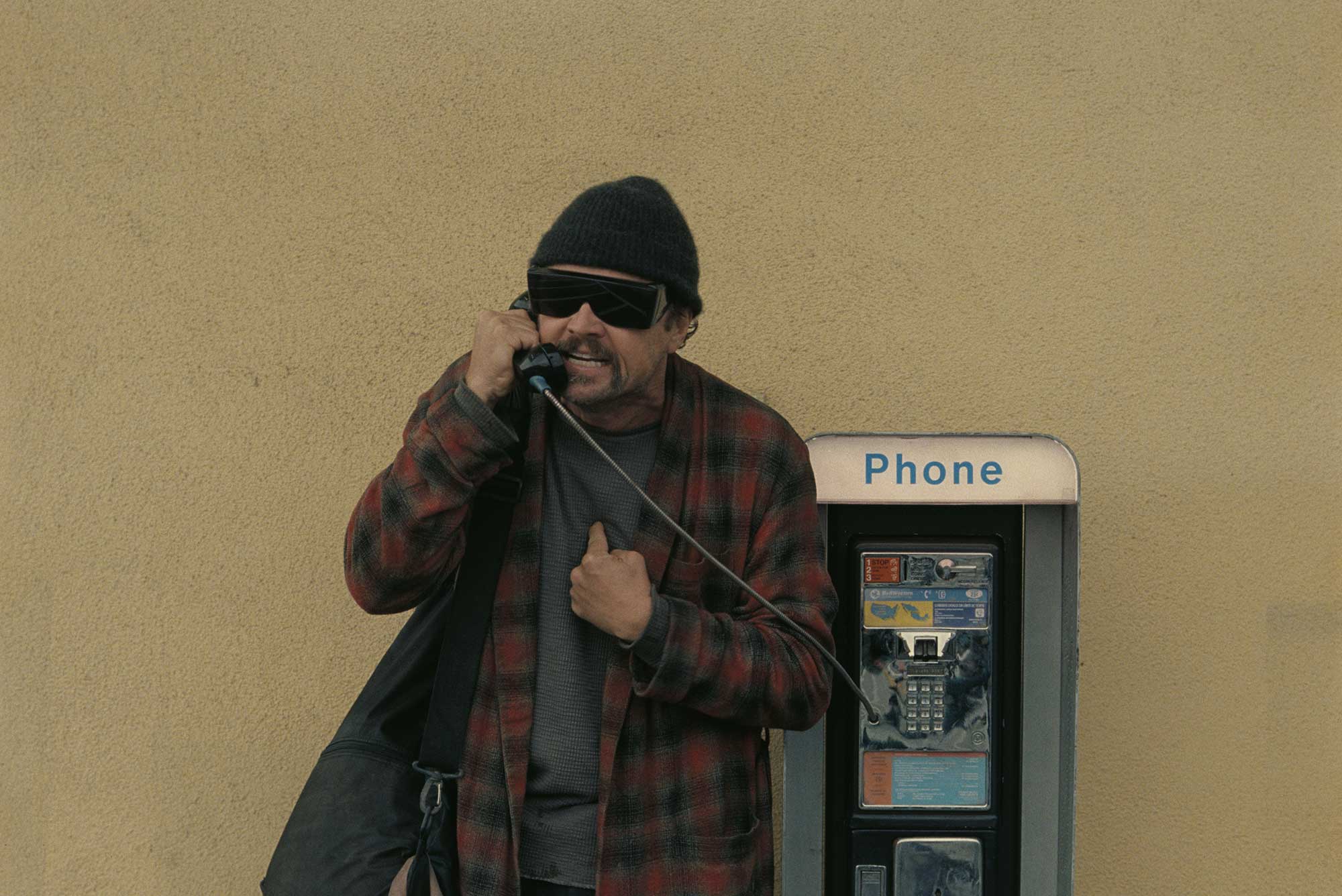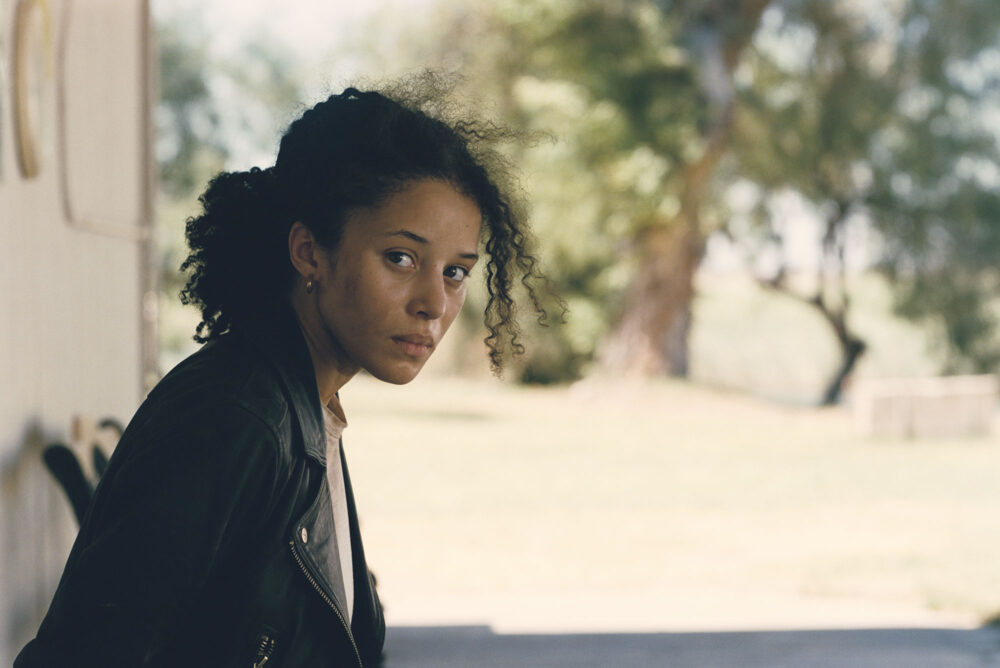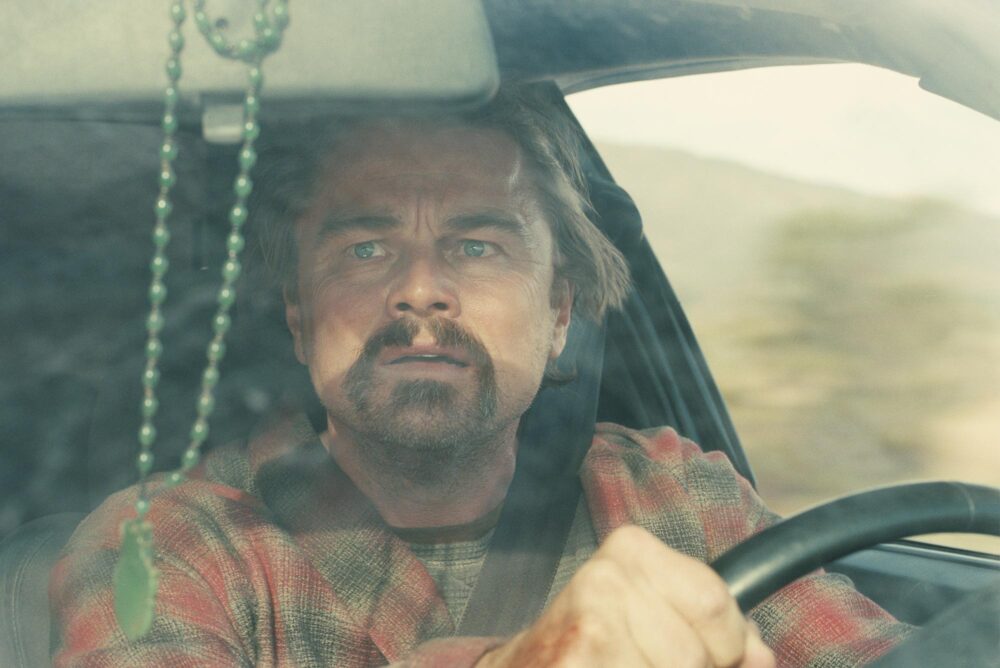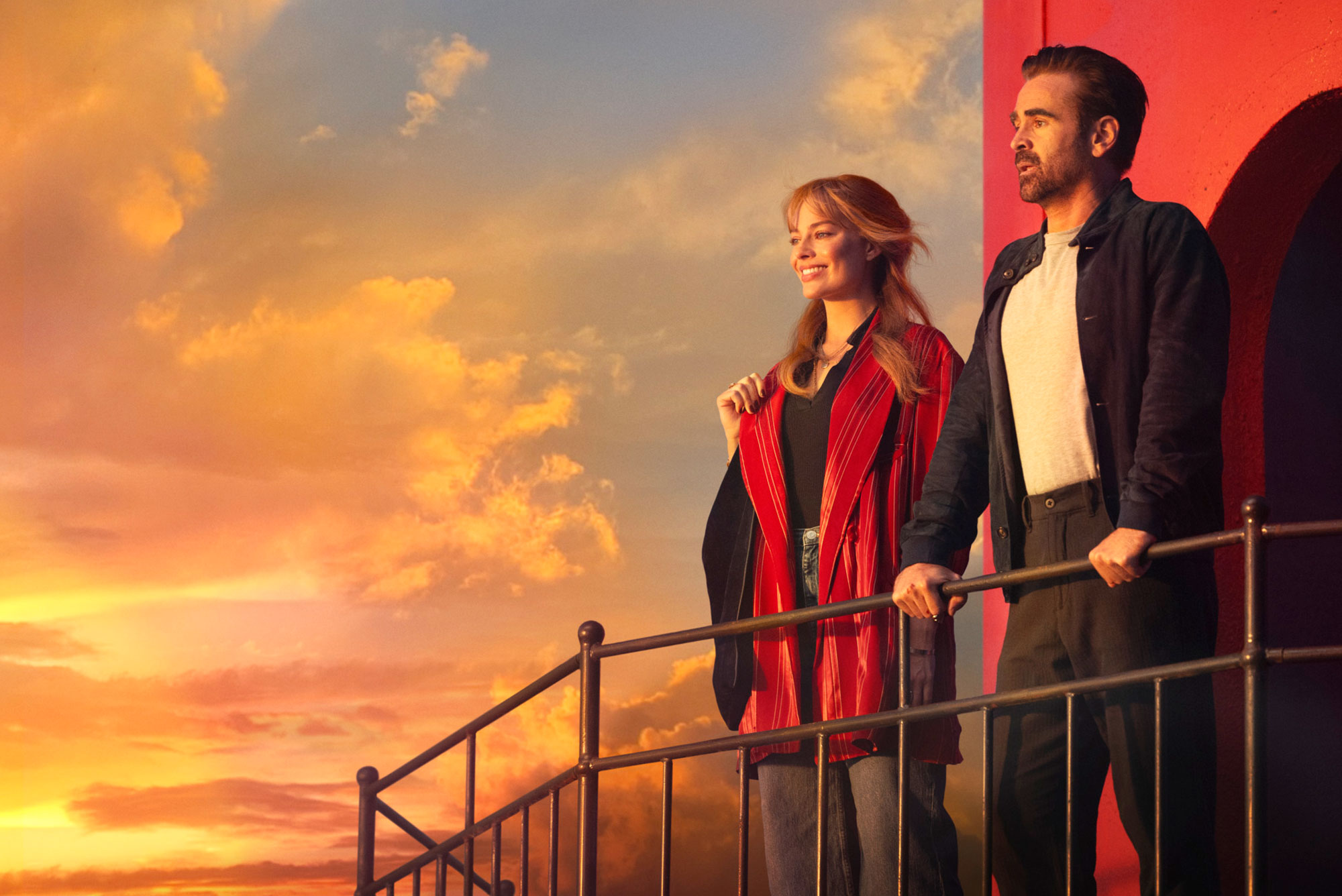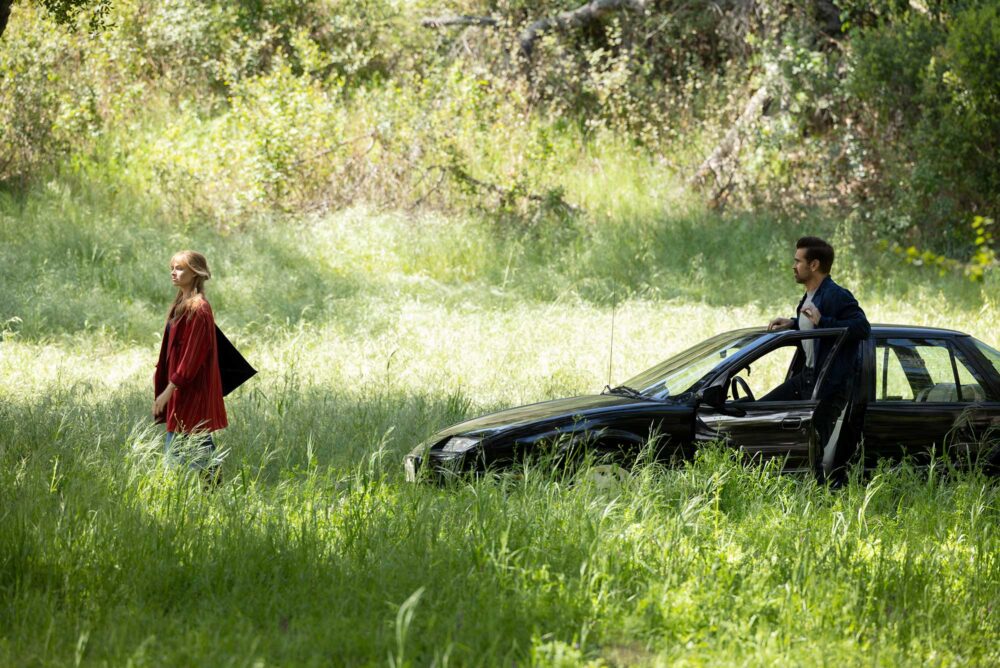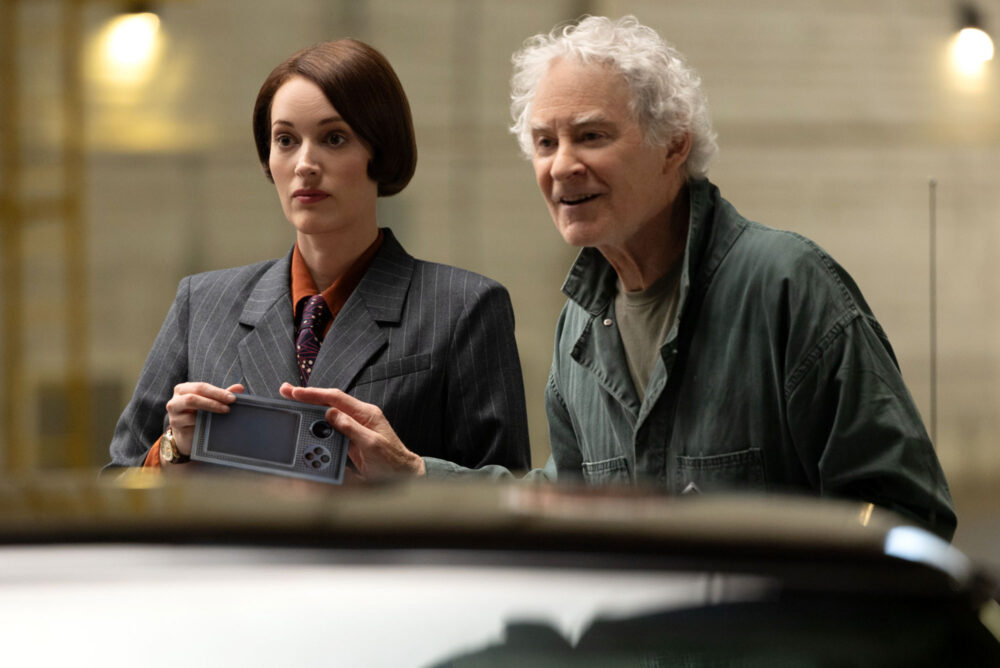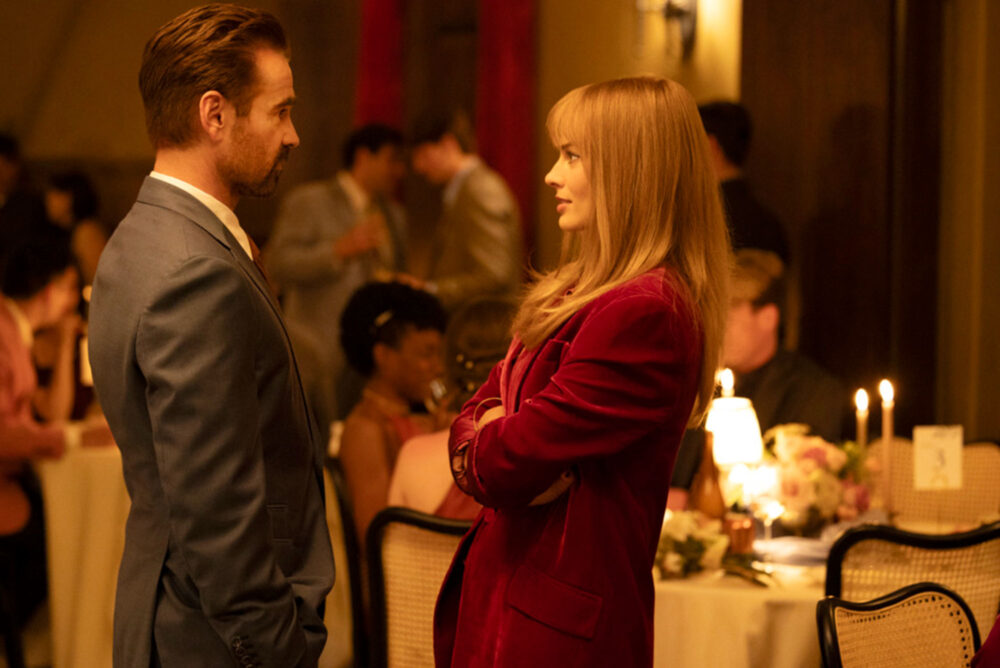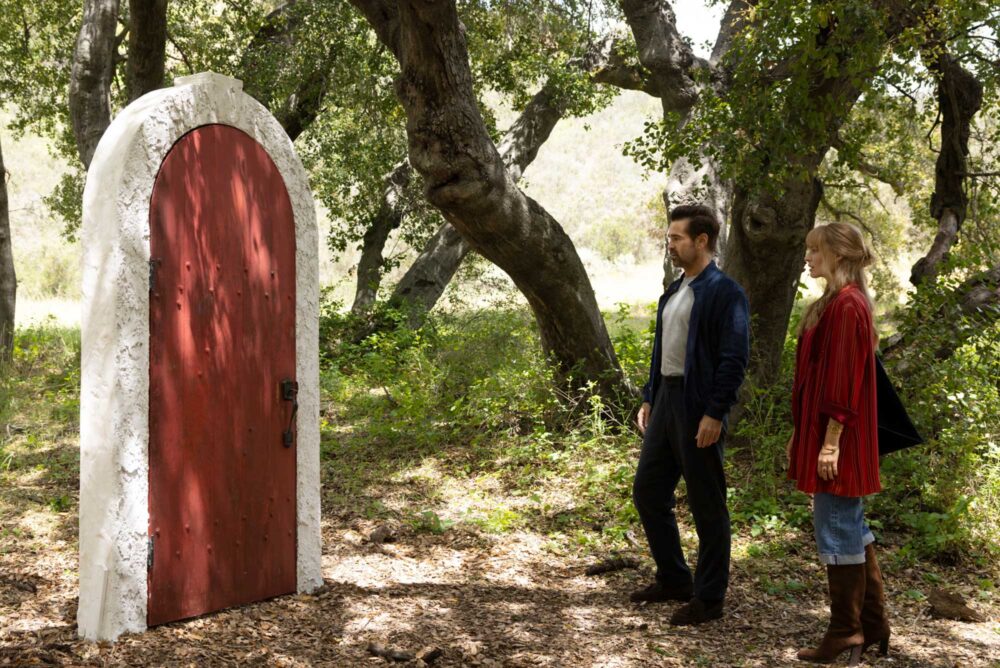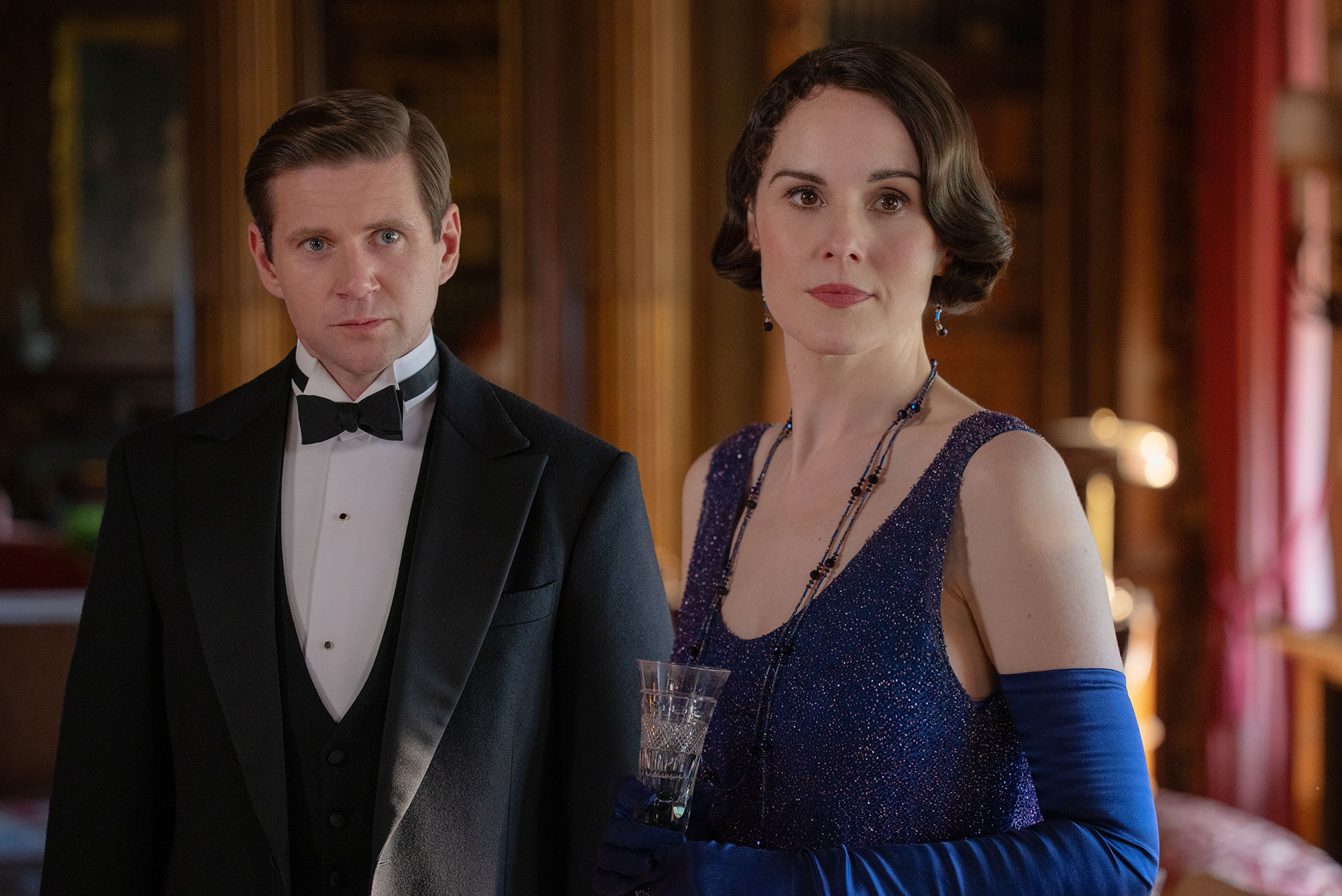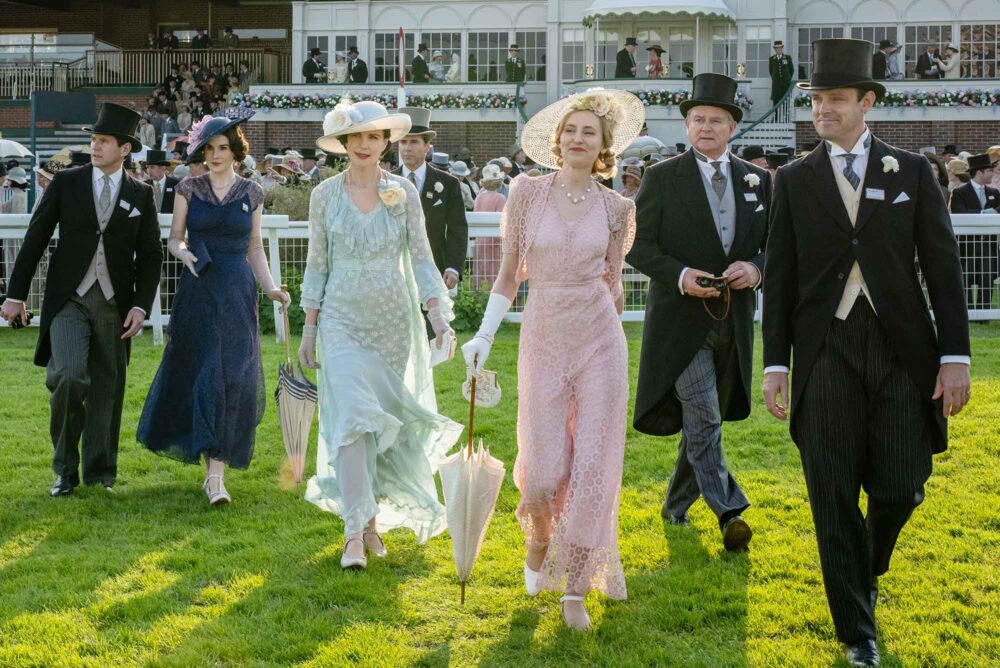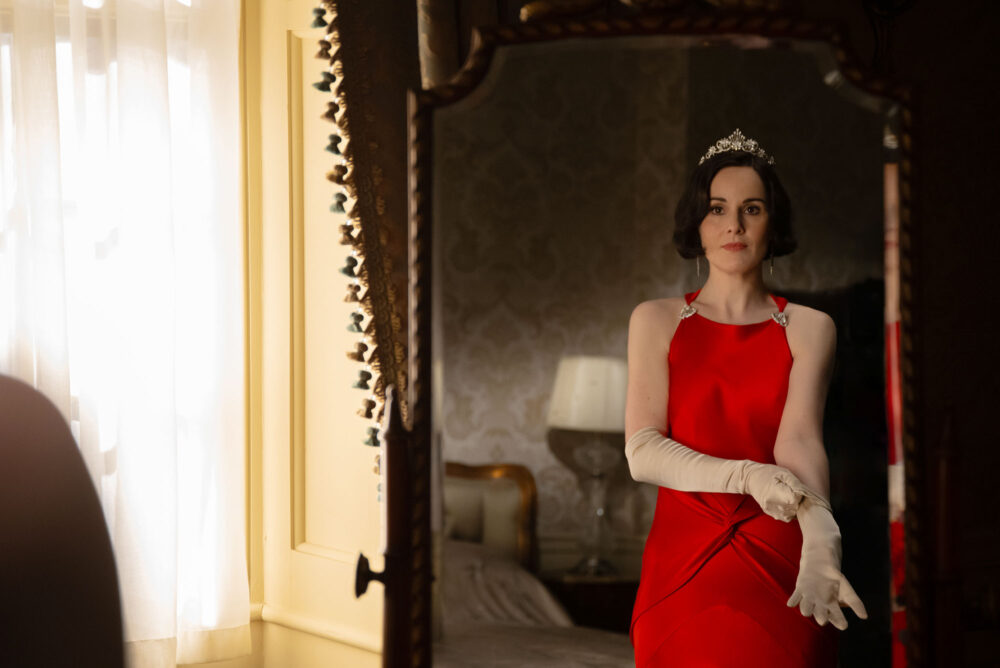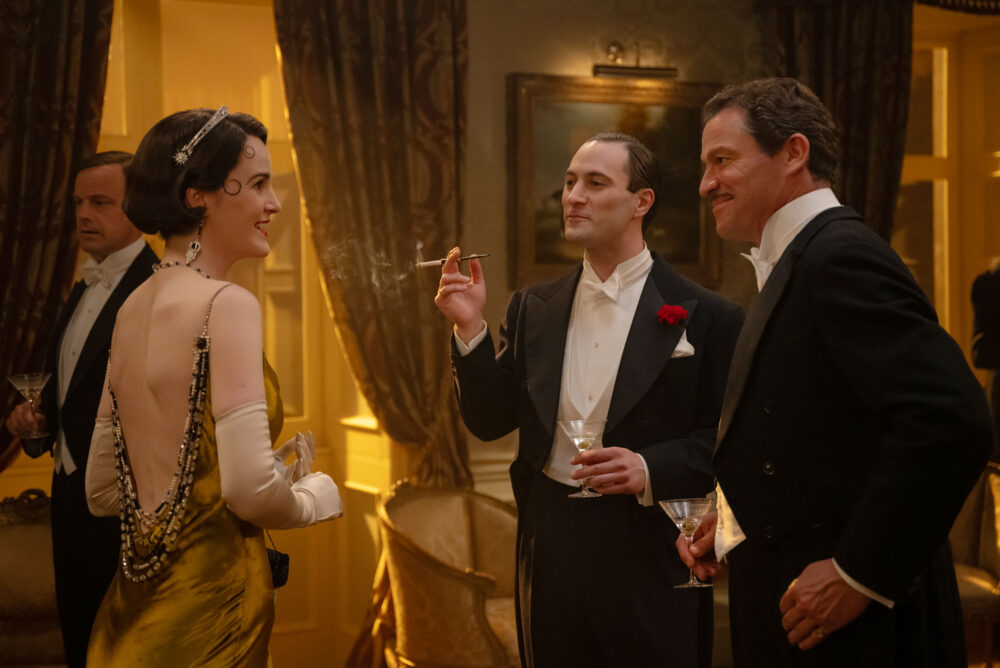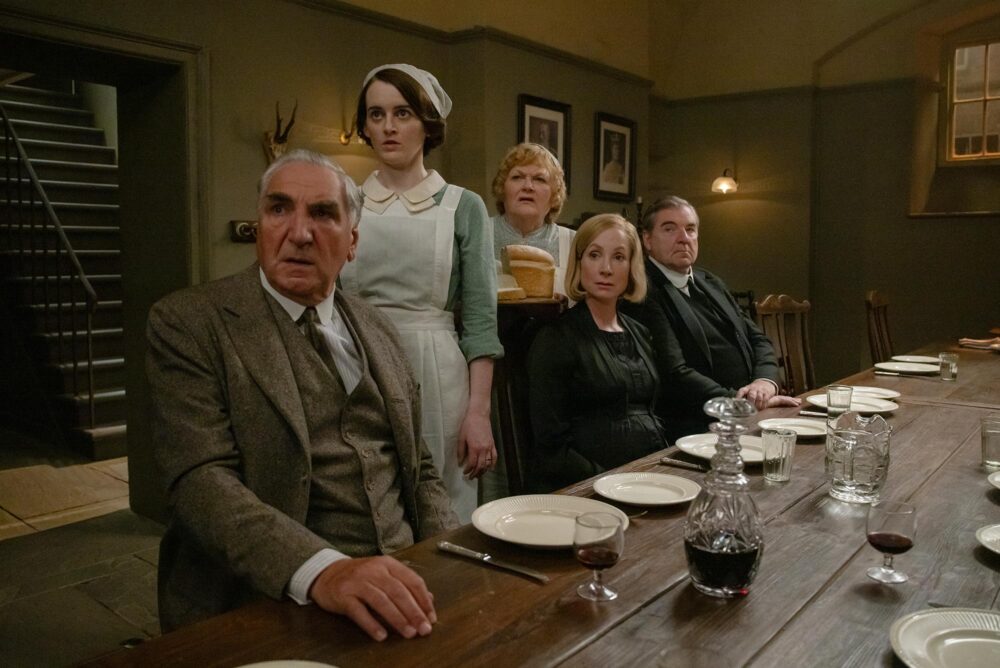Words by JANE CROWTHER
Based on Adam Mars-Jones’ novella, Box Hill, Harry Lighton’s Pillion might be about a BDSM relationship between a shy young man and biker – with butt plugs, rubber wear and orgy picnics – but it’s also a tender romance that leaves you with a sense of hope for love in all its manifestations. And with the Christmas setting, it’s a perfect cockle-warmer for the season.
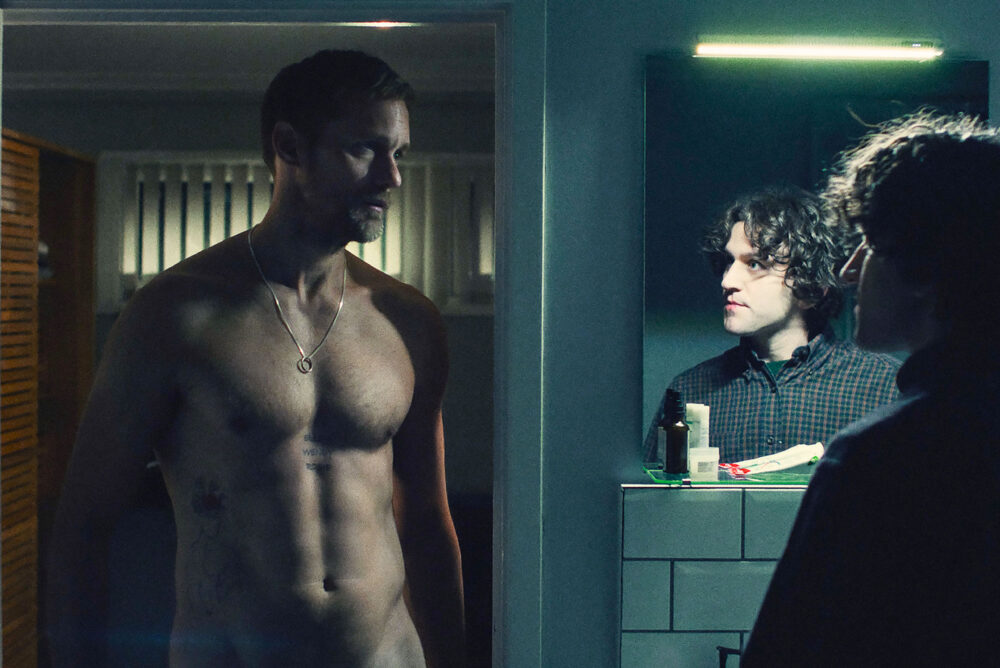
Following Colin (Harry Melling) a meek traffic warden from Bromley who sings in a barber shop quartet with his dad, Pillion explores what happens when a gorgeous, statuesque biker (Alexander Skarsgård) muscles into his life and pushes his boundaries. They meet-cute: Colin has just harmonised in a pub with his singing pals when Ray, strapping and handsome in biking leathers, makes him pay for his round at the bar. Colin’s willingness to fork out for a bag of crisps denotes his suitability as Ray’s submissive and Ray tests it further by demanding a meet-up in a Bromley high street back alley a few days later. Sheltered Colin is thrilled to be unceremoniously pushed to his knees into a puddle to lick his paramour’s boots rather than go on a conventional date, learning he likes to be commanded. Ray moves on with his education by taking him home and ordering him to cook, sleep naked on the floor of his bedroom, wrestle and submit to sex…
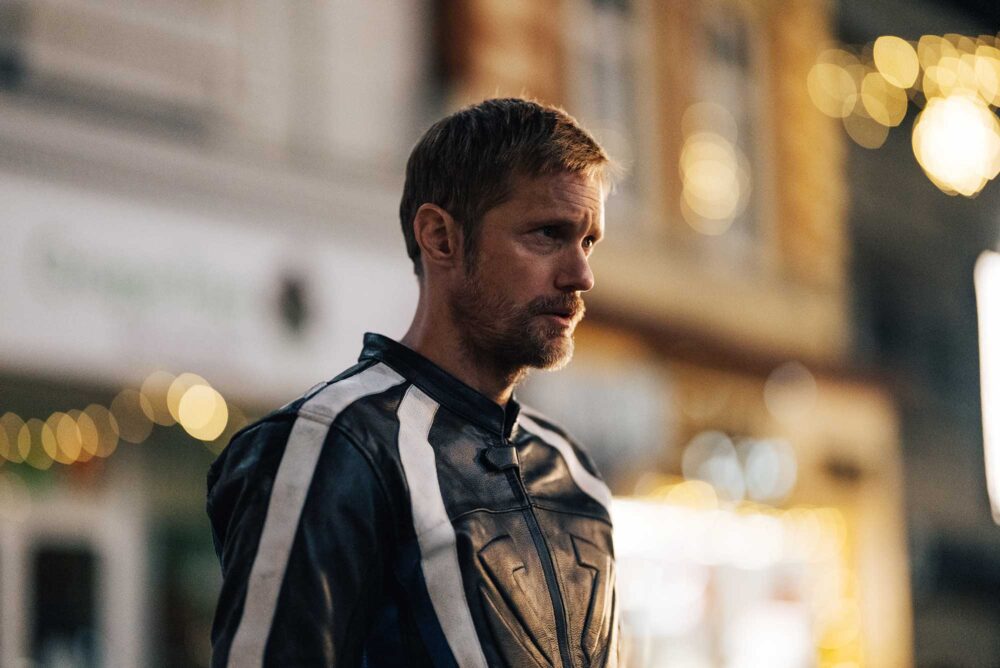
That may sound exploitative or 50 Shades of Grey, but in the hands of Skarsgård and Melling the dom/sub dynamic is both sweet and funny. Though Ray is brusque, domineering and refuses to kiss, Colin finds his tribe in the BDSM community, his saucer eyes wide, a delighted smile on his face as he rides on the back of Ray’s bike, wears a heavy necklace like a choke chain and drapes himself over a picnic table in the woods for his lover’s use. His startled expressions at the things he’s asked to do and the politeness with which he obeys are fused with a giddy lust that ensures audiences feel assured of his empowerment, and part of the power play. That leads to comedic moments as Colin joins the biker gang (real life members of the LBGT+ group GMBCC) on a camping trip where he swaps sub stories with a fellow rubber-apron clad chap (Jake Shears) or takes Ray home for an awkward Sunday dinner with his nice, suburban parents (Lesley Sharp, Douglas Hodge).

Melling’s expressive face works in delicious counterpoint to Skarsgård’s inscrutable one – playing Ray as an enigma who doesn’t tell his lover his occupation or his true feelings. A moment where Ray gifts Colin a birthday present in a whisper and a gesture is played so delicately by both that it feels as heartwarming and joyous as any Richard Curtis romantic high. Equally, a scene in a cinema where power dynamics are inverted with a handful of popcorn plays as an emotional triumph.
Though it gives a window on the BDSM community, Pillion is much more interested in the way first love forms us, how it emboldens us, obsesses us and ultimately teaches us. And that makes it relatable, warm and feelgood – just with added lube, leather and latex.
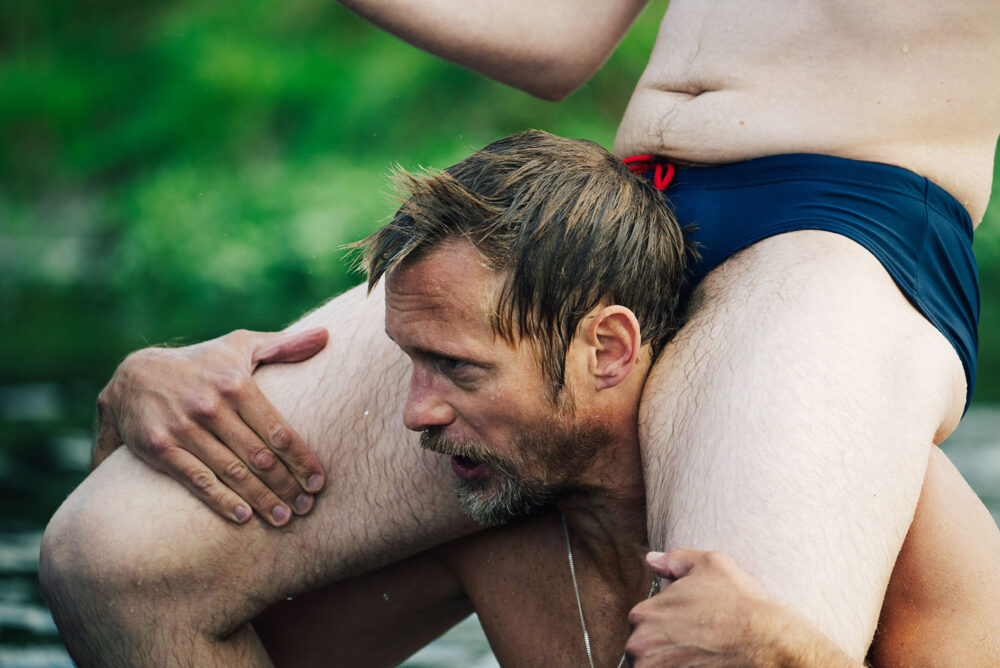
Pictures courtesy of Warner Bros. Pictures
Pillion is in cinemas now

